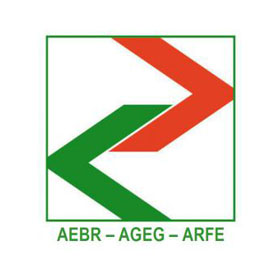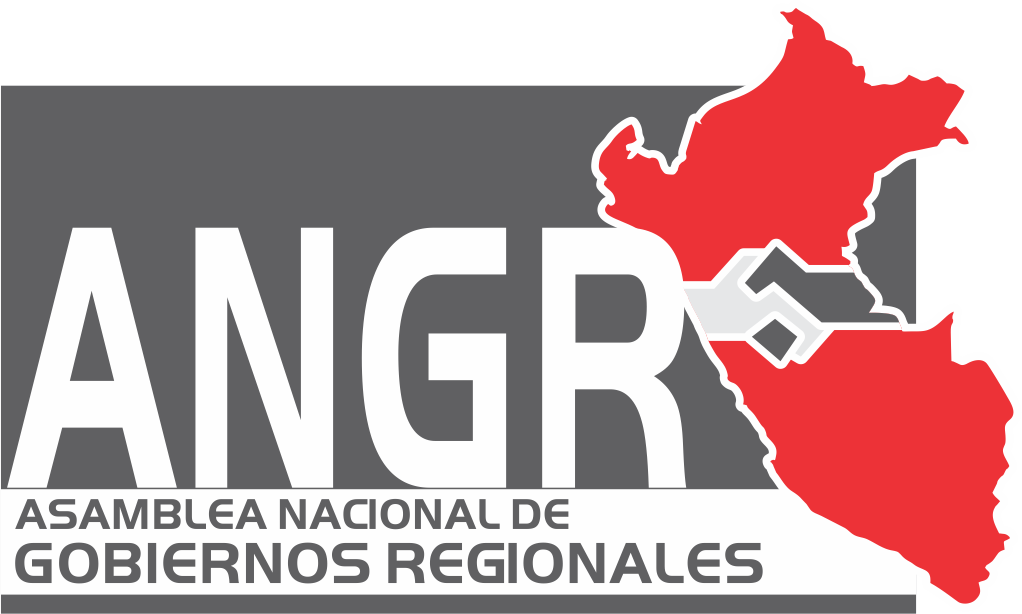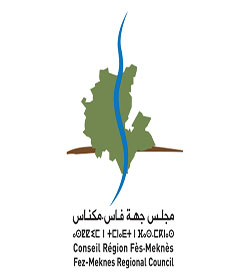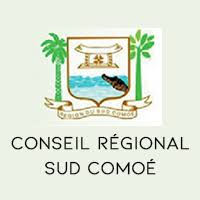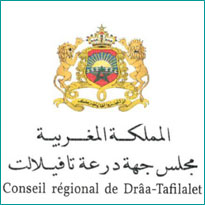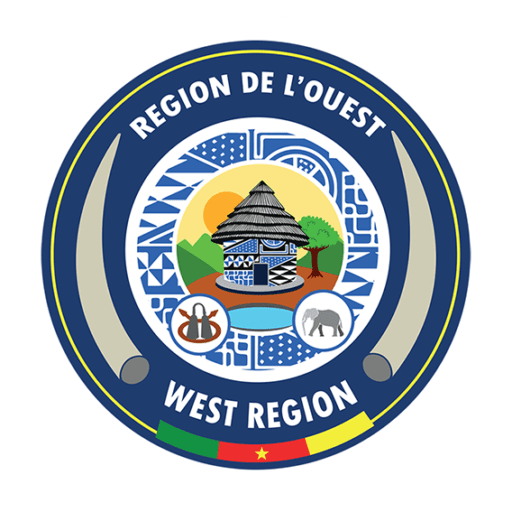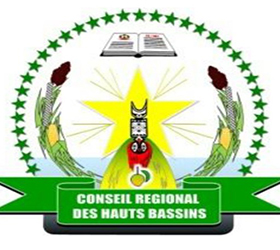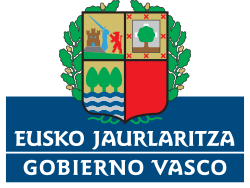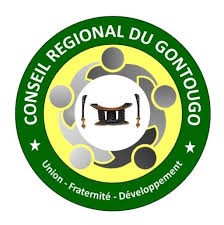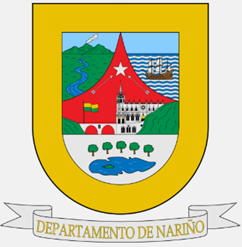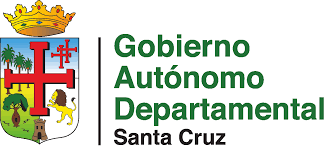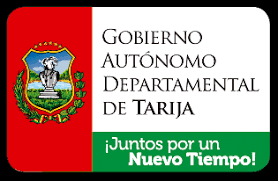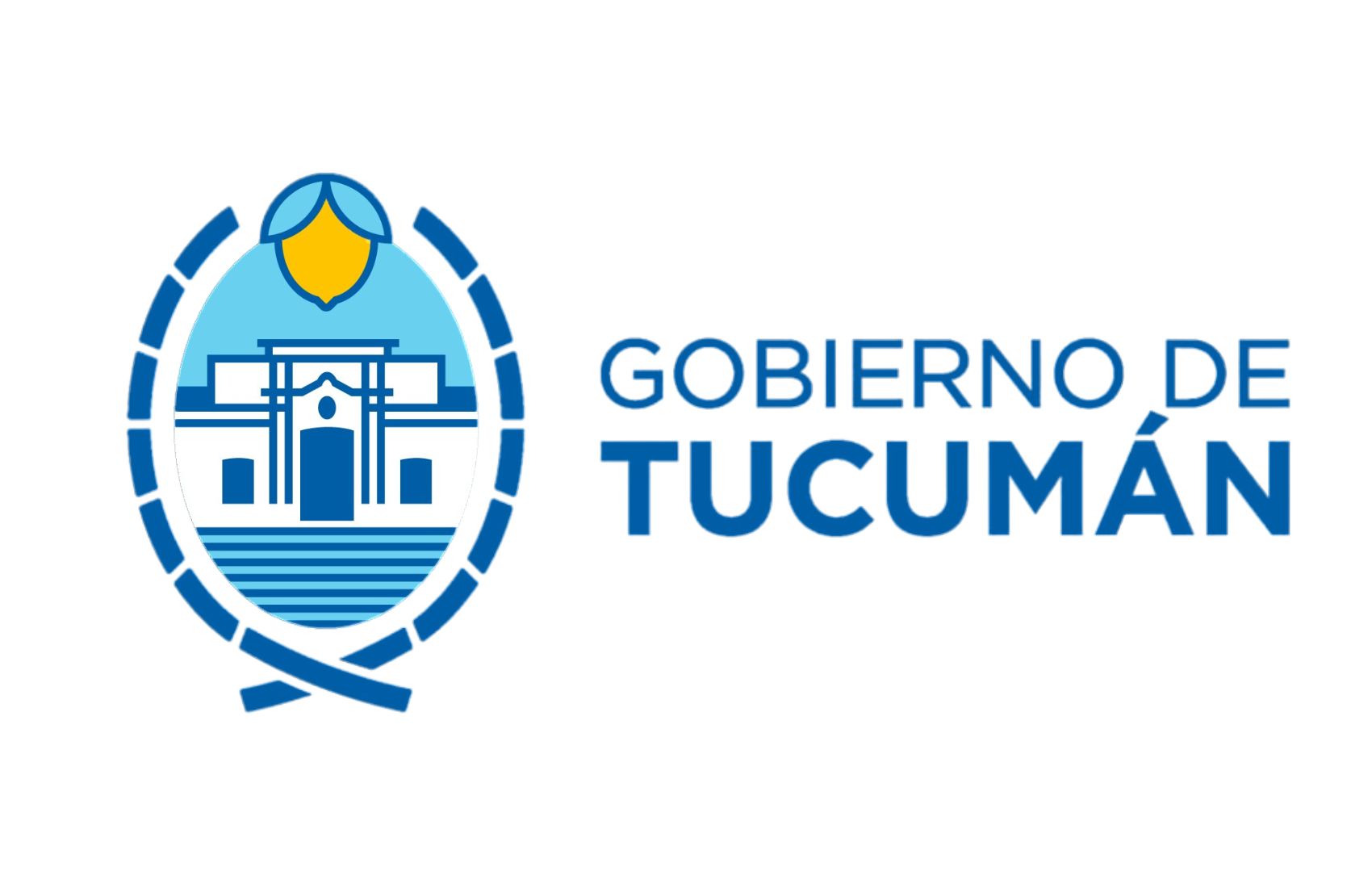Urbanism in the 21 century: Urban and territorial agendas
Eulalia Moreno de Acevedo Yagúe. DGUOT Junta de Extremadura.
People at the centre of design
For me, urban planning is what, in the best of cases, regulates the already existing territorial reality.
My professional career as an urban planner has taken place in this context. It is like running after a materiality that happens in an orderly or arbitrary way, with no future projection, an urbanism embodied by a society which, as a whole, remains convinced neither of its regulation nor of its efficacy. Then there is the other part of society that consciously ignores it, which undoubtedly helps to enrich its own particular interests. And finally, the least of this society, those of us who believe, probably from utopia, that things can be changed and/or improved.
I can find evidence of this in my country, Spain, but also in many other countries. Places where thousands of houses are planned with a dubious urban development or with many municipalities where the relevant general plan is missing. In Spanish regions such as Castilla la Mancha only 4.3% of municipalities have a general plan, 16% in Andalusia and almost 60% in Murcia, the most advanced in this respect.
Perhaps part of this vision emanates from the traditional right to land ownership, so deeply rooted since the Romans, from the hells, to the stars, which makes us think of the logic of: a plot of land, mine, a house. Far afield from the social function of private property or the use of land in accordance with the general interest to prevent speculation, incorporated in our current constitution.
However, the Romans knew that settlements were planned with fundamental connections such as water sanitation, they also prioritised infrastructures and public spaces and studied the best orientation for their buildings. So what has happened to us?
The removal of essential facilities such as schools, residences or dormitory towns without a mix of uses makes it essential to rely on vehicles, most of them private, which creates an insurmountable gap for those who do not have access to this means of transportation. Equally, the design of physical barriers such as railways, canals, motorways, ring roads and walls, whether brick or housing, can create fissures that cut whole communities off from the life of a city.
It is therefore not surprising that in 2016 the United Nations Conference on Housing and Sustainable Urban Development Habitat III, held in Quito, concluded that little progress had been made since the previous conference on sustainable urban development and gave impetus to the "New Urban Agenda”.
The New Urban Agenda, the subject of the convention, was presented as a paradigm shift based on the science of cities; it established norms and principles for planning, building, developing, managing and improving urban areas in its five main implementation pillars: national urban policies, urban legislation and regulations, urban planning and design, local economy and municipal finance, and implementation by rethinking the way we plan, build and manage our urban spaces.
At that time in Extremadura we were working on a new land and territory law, a new law that would leave behind not only what we had been practising (or had not), but also the Spanish legislative tradition. Laws that saturated new urban developments with conditions, designed for cars and not for people. Simultaneously, and continuously, Extremadura and other communities are bleeding to death with the apparently unstoppable process of depopulation: the abandonment of territories that were sustainable in order to "fill" cities that generate 70% of greenhouse gas emissions. These laws are designed for municipalities with a density of 5,000 inhabitants per square meter and for others, such as Extremadura, with a density of 25 inhabitants per square meter.
As a motivated team of experts, we decided that sustainable urban and territorial development, in all its meanings, could not be entrusted to the will of the sector, not even to that of the ordinary citizen, who hardly assimilated urban planning as a collective action. We therefore decided that the Urban-Territorial Agenda of Extremadura should be woven into our law with the rest of the regulations.
This reflection culminated in the incorporation into the law of the so-called "Sustainable Development Criteria", which were to guide urban and land-use planning and based on standards and indicators that placed people at the centre.
One of the most important issues was that of the structuring of our territorial reality, and given that our community has a vast territory in which 388 municipalities are scattered, the urban development standards should be set at a regional level, the counties would be our cities and the municipalities would be our towns. Thus, there will be facilities and endowments of a minimal and local nature and others of a supra-municipal nature, access to which must be guaranteed, and located such as to guarantee equal opportunities for all citizens, regardless of where they were born or where they wish to die.
These criteria include such innovative issues as the gender perspective, which have been articulated through technical standards for their correct application, recognised in the UN's June 2022 quadrennial report, and encourage us to use an analysis that separates by sex as a starting point, in order to design spaces that help reconciliation, but also to modify those that are discriminatory.
Extremadura's Sustainable Urban Planning Law (LOTUS) also incorporated the perspective of children through these criteria, and recently we have been working on studies on incorporating ageing population, beyond mere accessibility, with specific facilities for the third and fourth age, the latter being the one on which we are totally dependent.
Aware that new technologies bring us closer we have developed a free software tool "Planea", a tool for the LOTUS, the Extremadura territorial agenda, a tool designed for drafters, for processors and for citizen consultation and that contains isochrone calculation issues as innovative for inclusive pedestrians as for VTC, the calculation of safe school roads, the sustainability of new developments…
This battery of measures is articulated from a holistic vision of urban planning that provokes the necessary involvement of people in this discipline that has usually been misunderstood and ignored.
In the end, the transfer of the LOTUS is still laborious and complex, and even in some respects not entirely peaceful. There are too many interests at stake and too much inertia to correct. New developments cannot be generated as long as urban voids and empty buildings are not taken into account. We cannot allow ourselves in an empty Spain to create new spaces that make the ones we already have more expensive. This is a point of tension in the rope that ties up the irrepressible desire for arbitrary growth on demand.
The participation, but above all the effort of diagnosis that this new paradigm proposed in Extremadura represents, allows us to be conscious of the territorial and urban reality that concerns and worries us; and as qualified experts, we understand that urban planning does not respond to particular interests but to general interests, that our towns and cities are our home, the home in which we develop our lives.
If the spatial distribution of cohabitation is not appropriate, we will suffer throughout our lives, as children, adolescents and elderly women.





